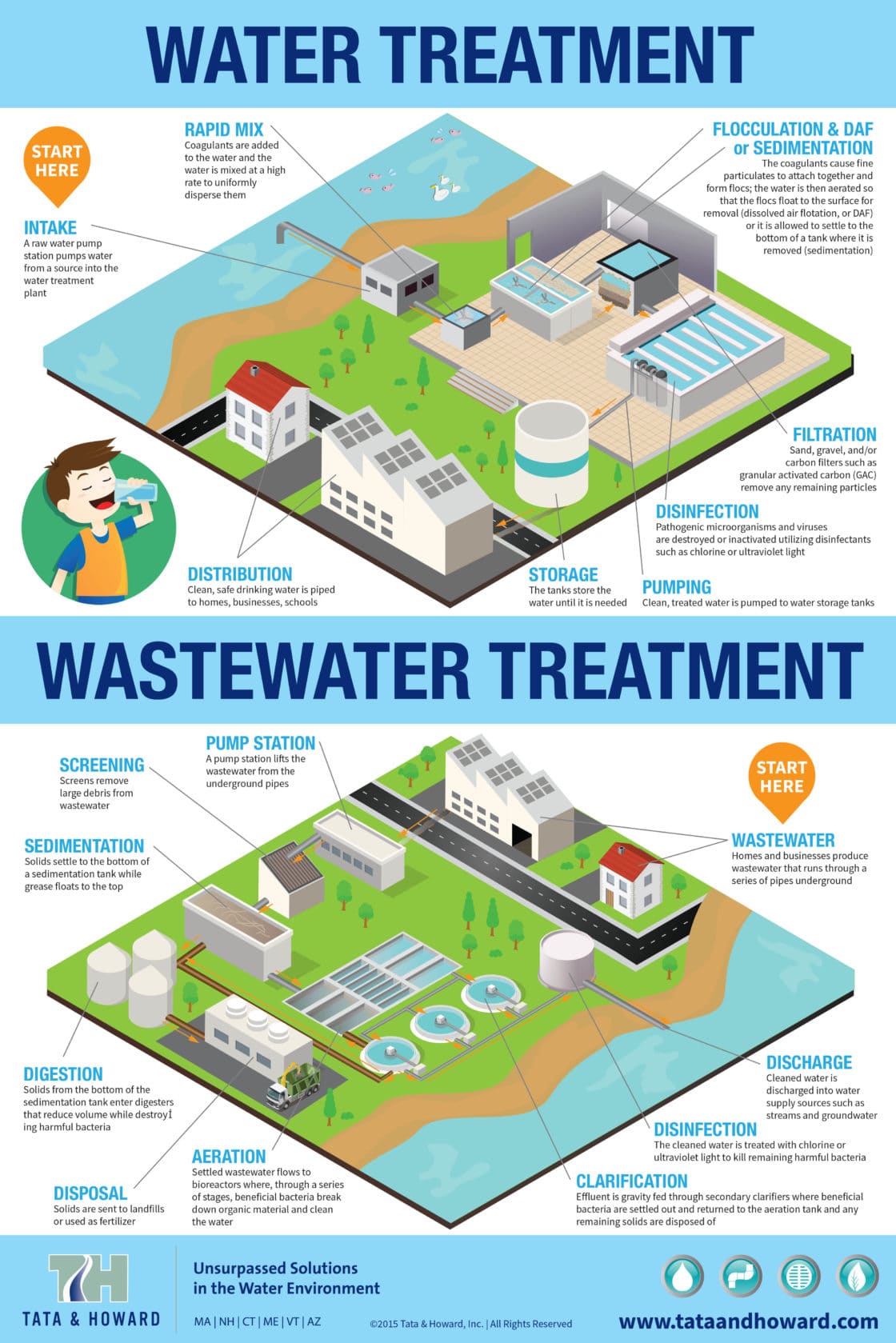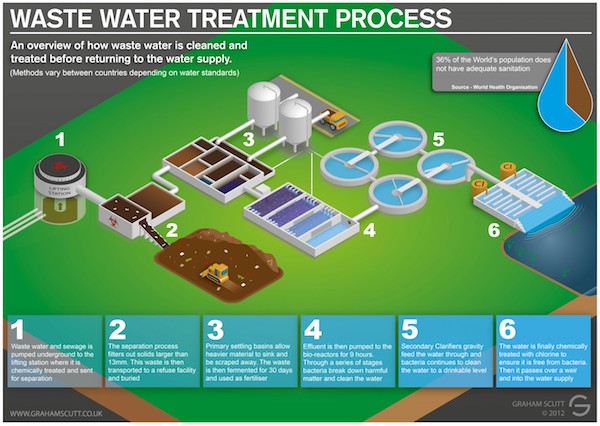The smart Trick of Water Treatment For Well Water That Nobody is Talking About
Table of ContentsAll About Water Treatment For Well Water10 Easy Facts About Water Treatment For Well Water DescribedWater Treatment For Well Water for DummiesOur Water Treatment For Well Water Statements
In this blog site, we will certainly cover the four kinds of water treatment plants, how they function and the many industrial applications of each kind. Allow's get going! Types of Water Treatment Plants 1. Wastewater Therapy Plant (WWTP) Wastewater is the water that stems from water utilized in domestic, farming, industrial along with clinical or transportation tasks.on the other hand, originates from production, industrial as well as commercial activities lugged and has a completely various structure than sewer water. Just how does it work? The very first step in this water therapy plant is that the wastewater drains pipes to the plant with the help of gravity through the major sewer system.
In this phase, the water moves via the gravel chamber to remove any grit. The water then moves to the bar displays which eliminate large items.
This is after that gotten rid of from the tank and disposed of at the dump. Next comes the sedimentation phase, additionally understood as the primary treatment. In this stage, the water moves to the key settling containers, likewise referred to as pre-settling basins. These containers have receptacles which are located in the base of the container where water streams through.
About Water Treatment For Well Water
These settling storage tanks make it possible for the sludge to work out as well as then relocates to food digestion tanks. In the food digestion containers, the sludge is warmed as well as combined. Another important point that occurs right here is the manufacturing of biogas, which the wastewater therapy plants can recycle, in the manufacturing of electrical or thermal power which is an additional significant benefit to the environment.
This makes it possible for the splitting up of water from the semi-solid sludge, whereas the continuing to be sludge undergoes the mechanical procedure once more for dewatering, that is obtaining as much water from the sludge as feasible. The sludge after that left after the digestion as well as dewatering process is full, is lastly disposed of in the dump.

The last action in wastewater therapy is evaluation. This inspection involves examining the contamination degree of the water treated as well as ensuring it follows the highest possible standards in order to be released or recycled for residential or commercial objectives. Applications: Most oil refineries or petrochemical as well as chemical markets generate a big amount of wastewater and call for on-site wastewater therapy plants.
The wastewater here moves with displays and right into settlement containers that can take out particles in big amounts. It serves as a pre-treatment as stated over as it happens prior to three more aggressive stages- key, second and tertiary treatment. Main Therapy Throughout this stage, the wastewater relocates into the clarifiers.
Not known Facts About Water Treatment For Well Water
It is the design of these containers that cause resolving, that is, the organic strong matter collects at the end of the tank while the lighter issue drifts to the top becoming less complicated for elimination. The raw material that settles near the bottom is referred to as a primary sludge covering.

This RAS returns into the primary clarification container as well as the bacteria in it assists in breaking down any kind of raw material in the sewage. When RAS has actually entirely experienced both the key as well as second explanation containers continuously, i. e a number of times, it informative post is become waste-activated sludge (WAS) (water treatment for well water). The WAS then does not go back to the key clarification storage tank yet rather moves to the covered tanks, likewise called aerobic sludge digesters.
Lastly, the continuing to be sludge transfer to the dewatering center which contains dewatering storage tanks where the plant uses belt presses to press any kind of staying water out of the sludge. Tertiary Therapy Tertiary treatment complies with the procedure of both primary and second procedures but additionally on top of that involves mechanical and photochemical processes.
Not known Details About Water Treatment For Well Water
The goal of this is to get rid of as much solid physical issues as possible before sending the effluent for additional therapy. Here chemicals are added to break down any kind of strong and also chemical waste.
There are two kinds of materials- one is an anion click to investigate one while the various other is a cation one. These previous materials launch hydroxyl ions which are negatively charged while the cation resins release hydrogen ions that are favorably billed. The cation-exchange materials bring about conditioning of water, the anion-exchange outcome in the removal of nitrate from wastewater and also the combination of both the anion and cation exchange eliminates virtually every ionic pollutant existing in the feed water with a process called deionization.
Applications: Demineralization leads to the total removal of minerals from the water and also is usually made use of in sectors that require water with high degrees of pureness, for instance- make-up or feed water in high-pressure central heating boilers, the food and also beverage market, and also procedure streams utilized in the manufacturing of electronic devices. They are also made use of in markets for the generation of steam, power as well as air conditioning (water treatment for well water).
